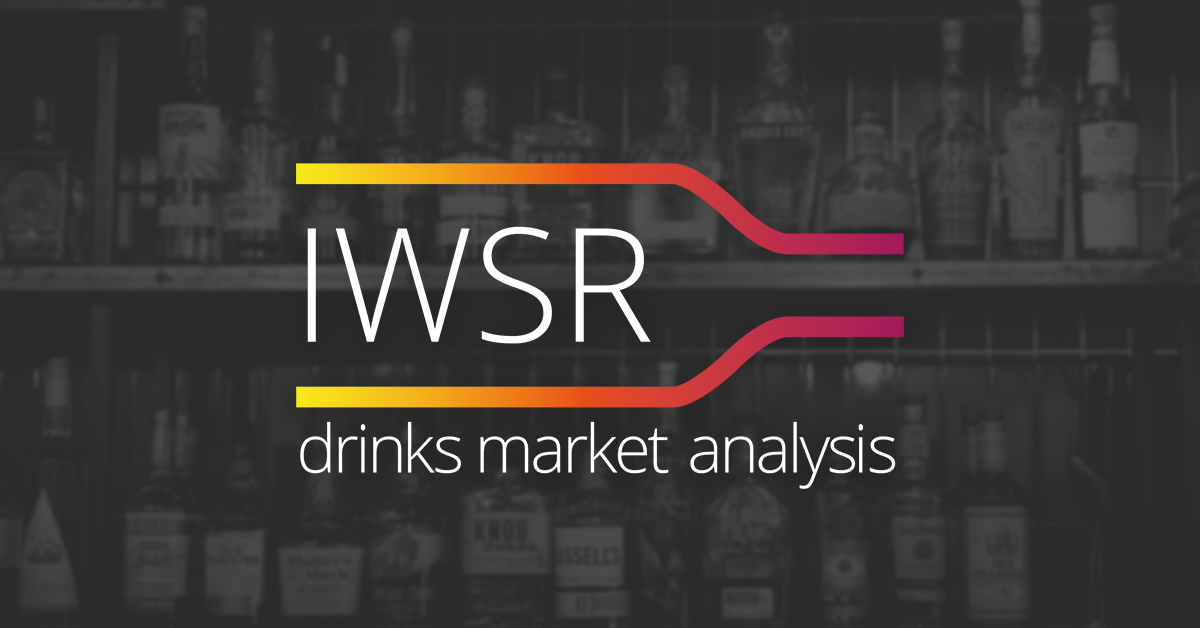
Millennials are driving the rise of non-alcoholic (NA) adult beverages in the U.S., data firm IWSR reported.
The rate of legal drinking age (LDA) adults in the U.S. who reported consuming both full strength and NA drinks nearly doubled in the last year, from 7% in 2023 to 13% in 2024, IWSR reported.
Millennials, who now range in age from 28-43, account for 22% of the LDA consumers who consume both varieties of adult beverages, twice the rate of 44- to 50-year-old Generation X (11%), and more than the LDA portion of Generation Z, consumers between 21- and 27-years-old (15%).
In addition to making up the largest groups of general NA adult beverage consumers, millennials also dominate the subsegments of high-frequency consumers, accounting for 51% of frequent NA drinkers and 47% of consistent NA drinkers, according to IWSR.
Zeroing in on NA beer, millennials account for 61% of the segment’s consumers in 2024, up from 45% in 2023, according to IWSR. They far outweigh Gen X (22%) and Gen Z (7%) as consumers of NA beer. Millennials also make up the majority of drinkers of NA spirits (66%) and NA wine (59%).
Due to having “the most significant positive shifts in their financial sentiment,” millennials are more likely to socialize and visit the on-premise more than other generations, IWSR wrote. This behavior is driving NA adult beverage growth, as well as traditional bev-alc sales.
“Millennials also skew to heavier usage of beverage alcohol in general, when compared to the overall drinker population in the U.S., and are the only cohort with a wider repertoire in 2024 vs. 2023,” IWSR Bevtrac senior insights manager Nastya Timofeeva wrote. “So, when they do moderate their alcohol consumption, they are doing so from a high level.
“The fact that millennial no-alcohol buyers are more likely to be frequent alcohol consumers highlights an overlap between no-alcohol and full-strength alcohol consumers,” she continued.
Nearly half of millennials are what IWSR calls “substituters,” meaning they keep NA occasions separate from full-strength occasions, rather than mixing varieties of drinks during the same occasion.
Millennials appear to be interested in NA mixology, as they are the most frequent consumers of “alcohol adjacents,” or ingredients for NA cocktails, IWSR wrote. Millennial men “show more interest than other groups” in NA spirits.
Almost one-third (31%) of millennials who drink practice month-long periods of abstinence, such as Dry January or Sober October, compared to one-fifth (21%) of the broader LDA, alcohol-consuming population, according to IWSR.
Off-premise dollar sales of NA adult beverages reached $750.2 million in the U.S. in the 52-week period ending August 10, according to market research firm NIQ. Still, NA drinks account for just 0.7% of total alcohol sales.
NA beer is the largest segment of the NA adult beverage market, with $636 million in dollar sales in the 52-week period ending August 10, followed by NA wine ($83.4 million) and NA spirits ($30.7 million), according to NIQ.
Year-over-year (YoY), NA spirits are leading in dollar sales growth at +88.1%, followed by NA beer (+28.9%) and NA wine (+27.5%), according to NIQ.
NA beer skews more heavily to the grocery channel, where it has reached $206.4 million in dollar sales (+30.3%) YTD through August 11, according to market research firm Circana. The segment’s sales in the convenience channel are dwarfed in comparison, with dollar sales of $33.7 million (+23.3% YTD).
Heineken 0.0 is the best-selling NA beer brand, with YTD dollar sales of $55.1 million (+11.2%), according to Circana.
NA-dedicated Athletic Brewing is the 24th largest beer category vendor with YTD dollar sales of $57 million (+75.3%) at Circana-tracked retailers.